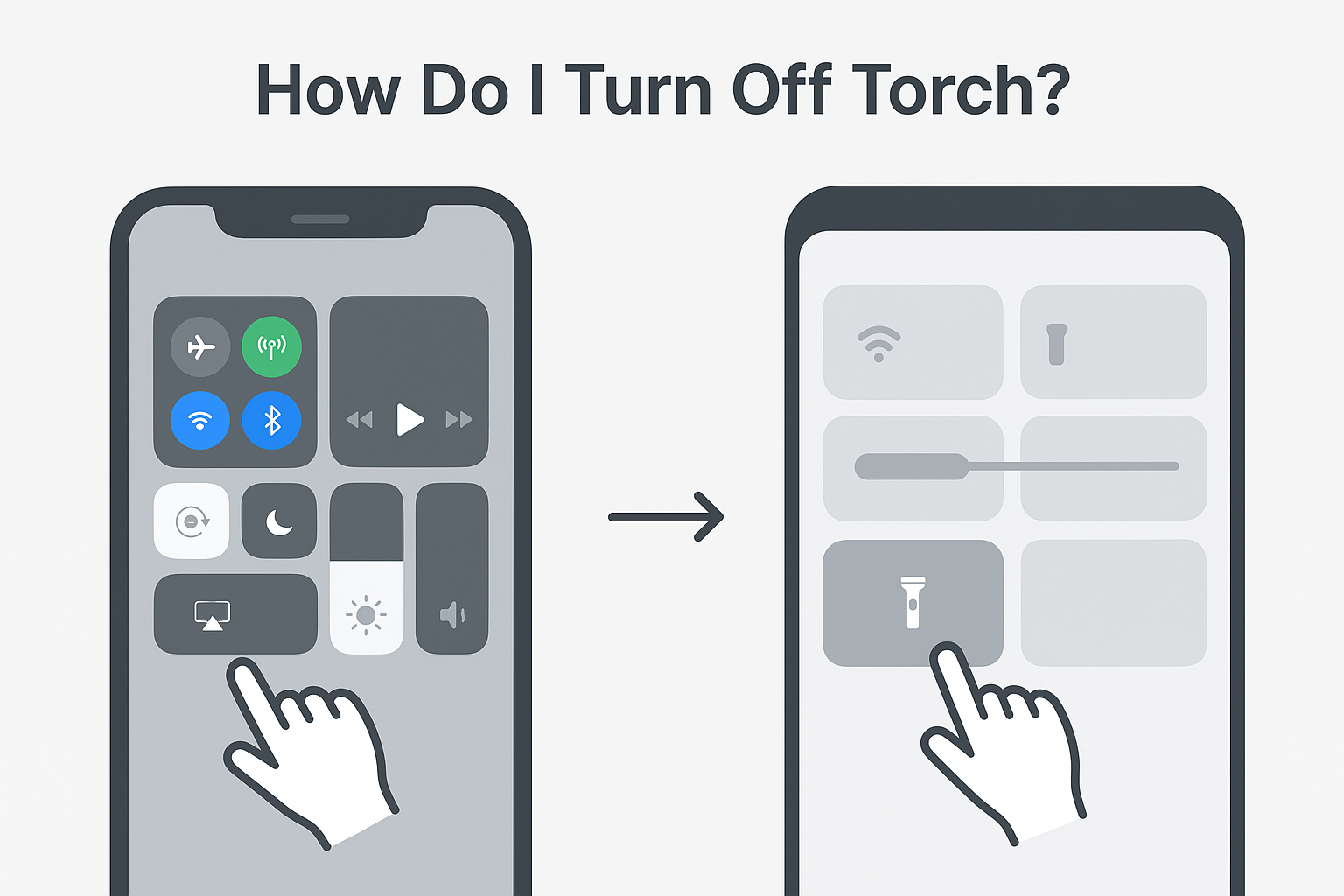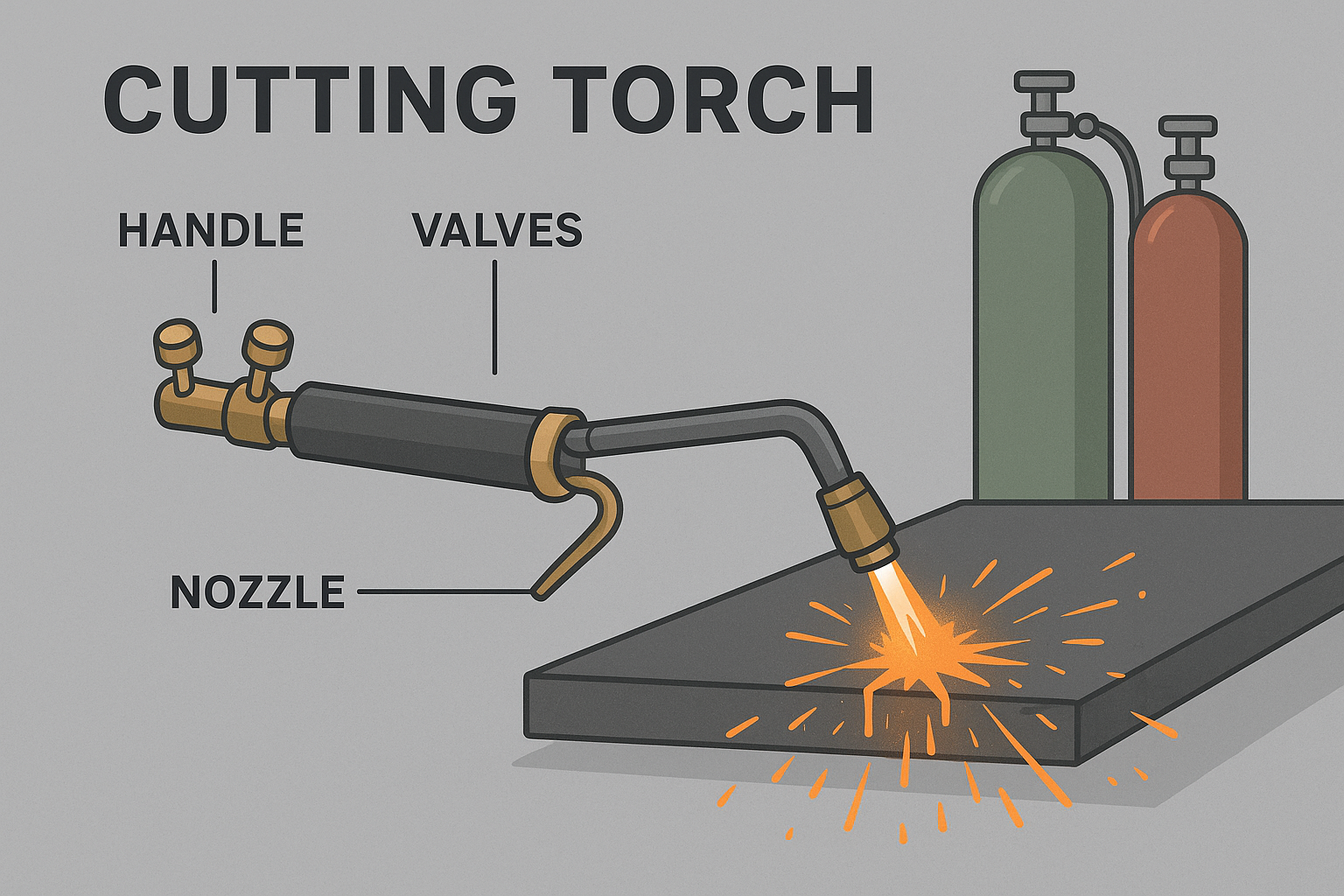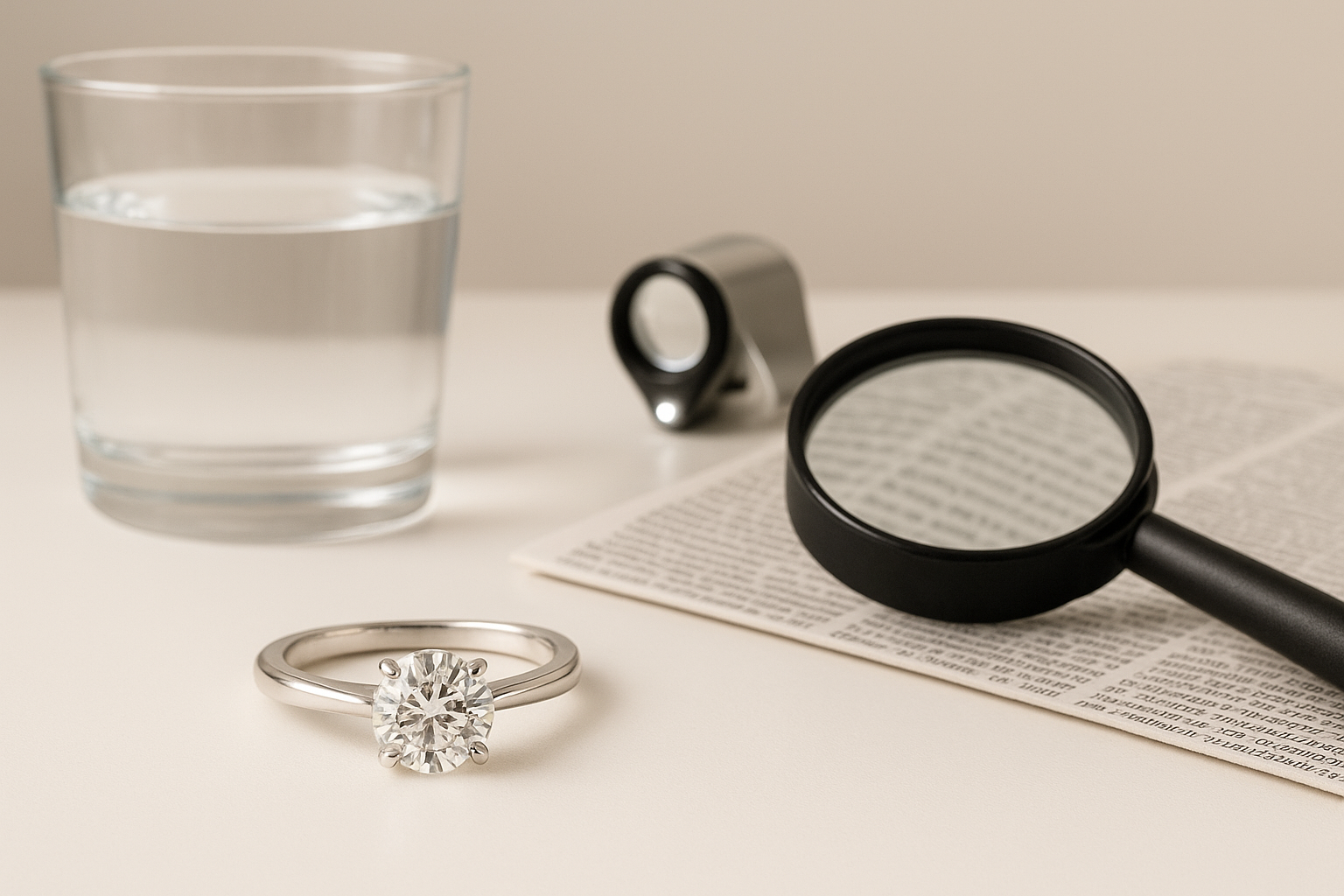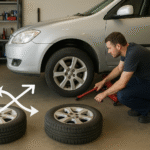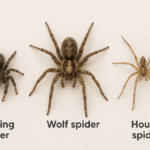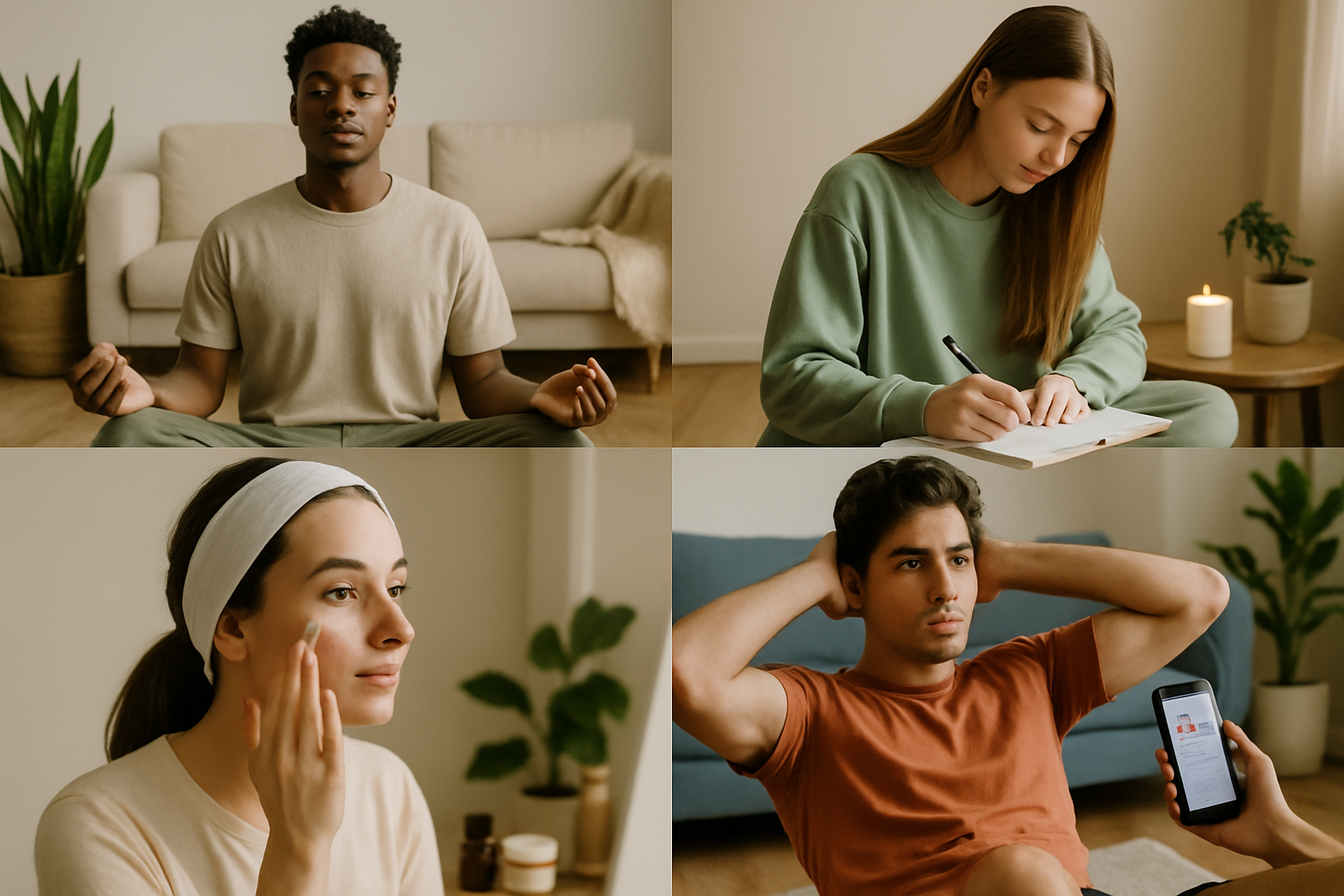Diamonds are more than just sparkly stones — they’re symbols of love, status, and serious investment. But here’s the thing: not every glittering gem is the real deal. With lab-created stones and high-quality imitations getting better every year, it’s easier than ever to mistake a fake for the real thing.
So whether you’ve just inherited a diamond ring, scored a vintage piece at a flea market, or bought something online, you’re probably wondering: how to tell if a diamond is real without having to trust blind luck.
Let’s break down five easy tests — some you can do at home, and others you should leave to the pros.
1. The Fog Test (At Home)
How to tell if a diamond is real at home can be as simple as breathing on it. Literally.
- Hold the stone close to your mouth and exhale onto it, like you’re fogging up a mirror.
- A real diamond disperses heat quickly, so the fog should vanish almost instantly (within 1–2 seconds).
- If the fog lingers for more than a few seconds, there’s a good chance it’s not a diamond.
Pro tip: This test works best on a clean stone — dirt or oils can mess with the results.
2. The Water Drop Test (At Home)
This one’s old-school but still works surprisingly well.
- Fill a glass with water.
- Drop the loose stone into the glass.
- A real diamond, thanks to its density, will sink straight to the bottom.
If it floats or lingers in the middle, it’s probably a fake. However, be cautious — not all fakes will float, so this isn’t 100% conclusive.
3. The Scratch Test (Expert Caution)
Diamonds are one of the hardest materials on Earth — they rank a 10 on the Mohs scale of mineral hardness. That means they can scratch glass, metal, or other gemstones.
- Gently try to scratch a piece of glass with the stone. If it leaves a mark, it might be real.
- But here’s the thing — other gems like moissanite can also scratch glass, so this isn’t a perfect method.
Warning: This test can damage your stone or setting. If you’re testing a diamond ring, skip this one unless you’re okay with risking scratches.
4. The Loupe Inspection (Jeweler’s Test)
If you really want to know how to tell if a diamond is real or fake, get it under a jeweler’s loupe — a small magnifying tool that lets you see the stone up close.
- Real diamonds usually have tiny imperfections (called inclusions) and slight color variations.
- Fakes like cubic zirconia tend to look too perfect, with no natural flaws.
Any reputable jeweler can do this test for you in minutes — often for free.
5. The Thermal Conductivity Test (Professional)
When you need a definite answer on how to tell if a diamond is real or not, nothing beats a thermal conductivity tester.
- This handheld device measures how quickly heat moves through the stone.
- Real diamonds disperse heat incredibly fast, which sets them apart from most fakes.
Many jewelry stores and pawn shops have these testers and can give you a clear result instantly.
Bonus: What About Moissanite?
Moissanite is the trickiest fake to spot because it looks nearly identical to a diamond — even to trained eyes. It passes many of the basic at-home tests. The best way to confirm if it’s moissanite or a diamond is with a specialized moissanite tester or by checking its light refraction under magnification (moissanite sparkles with a rainbow effect, while diamonds have a sharper, white light sparkle).
Why You Should Test Your Diamonds
Knowing how to tell if a diamond ring is real isn’t just about avoiding scams. It’s about:
- Protecting your investment — You don’t want to insure a fake as if it’s worth thousands.
- Emotional value — Heirlooms should be authenticated to preserve family history.
- Resale value — Buyers will want proof of authenticity before paying top dollar.
When in Doubt, Get a Certificate
If you’re making a big purchase, the safest route is to buy diamonds that come with a certification from a recognized gemological lab, like GIA (Gemological Institute of America) or AGS (American Gem Society). These certificates verify that the stone is genuine and detail its cut, clarity, color, and carat weight.
The Final Word
At-home tests like the fog and water drop method are great for quick checks, but they’re not foolproof. If you want absolute certainty, take your stone to a professional jeweler or gemologist. They’ll use advanced tools to tell you if a diamond is real or not — no guesswork required.
Whether it’s a shiny new engagement ring or a vintage family piece, knowing its authenticity is the first step to truly appreciating its beauty and value.






